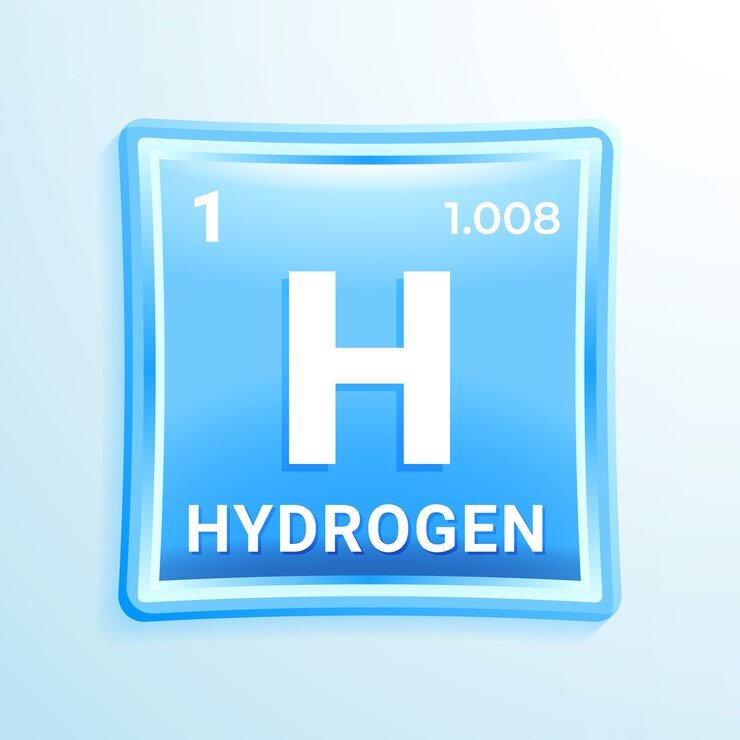Introduction:
The study of organic compounds plays a crucial role in various fields, from pharmaceuticals to industrial chemistry. One area of interest is esterification, a chemical reaction that forms esters from an alcohol and an acid. The chemical structure hcooch ch2 h2o likely points to a form of ester, which consists of an ester functional group (COO) linked to an alcohol group, with water involved in the reaction process. This article explores the structure, properties, and significance of this chemical compound, providing insight into its role in both chemistry and practical applications.
1. Breaking Down the Structure: What Does HCOOCH CH2 H2O Represent?
The structure hcooch ch2 h2o likely refers to a combination of a carboxylic acid ester and water. In chemical terms, “HCOO” represents the carboxylate ion (COO) from a carboxylic acid (HCOOH, or formic acid). “CH2” represents a methylene group, which is a single carbon bonded to two hydrogen atoms. This may be part of an alcohol, like methanol (CH3OH), where the hydrogen atoms from the alcohol react with the carboxylic acid to form an ester. The addition of “H2O” at the end of the structure indicates the involvement of water, which is typically a byproduct of esterification, as it is removed during the process.
Essentially, this structure could be describing an ester formed by the reaction of formic acid and methanol, where methanol’s -OH group combines with formic acid’s -COOH group, creating formate ester (HCOOCH3) and releasing water (H2O) as a byproduct.
2. The Role of Esterification in Chemical Reactions
This reaction is essential in the creation of many industrial chemicals, flavors, fragrances, and pharmaceutical compounds. The process is generally catalyzed by acids such as sulfuric acid to speed up the reaction and drive off water, which shifts the equilibrium towards ester formation.
Understanding esterification helps explain the production of several important compounds, such as esters used in food and cosmetics. These esters contribute to the characteristic smells and flavors of fruits, flowers, and other natural products.
3. Water as a Byproduct: Its Role in the Esterification Process

In the esterification process, water is a byproduct and plays an essential role in driving the reaction forward. When formic acid reacts with methanol, water is formed and often removed to ensure that the reaction does not reverse. The removal of water is crucial because it shifts the equilibrium of the reaction toward ester formation, according to Le Chatelier’s principle. This characteristic is significant not only in organic synthesis but also in the formation of larger biomolecules in biological systems.
4. Applications of Esters in Industry and Everyday Life
Its low toxicity and pleasant smell make it ideal for use in the production of fragrances and flavorings.
Beyond the commercial uses of specific esters, esterification reactions as a whole are foundational in producing a wide variety of chemicals used in industrial processes. Esters are commonly found in the production of plastics, textiles, and pharmaceuticals.
5. The Environmental Impact and Safety Considerations
For example, certain esters, such as methyl formate, are flammable and require proper storage and handling to prevent accidents.
As with all chemical processes, safety measures, including proper ventilation, protective equipment, and waste management protocols, must be in place.
Conclusion:
The chemical structure “HCOOCH CH2 H2O” represents an esterification reaction, potentially involving formic acid and methanol, producing methyl formate and water as a byproduct. Esterification is a vital process in organic chemistry, with applications ranging from flavor production to industrial solvents.

